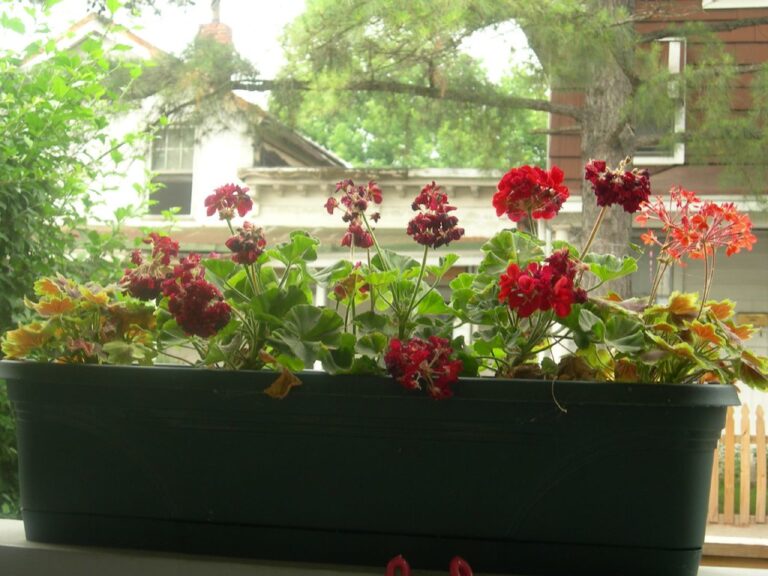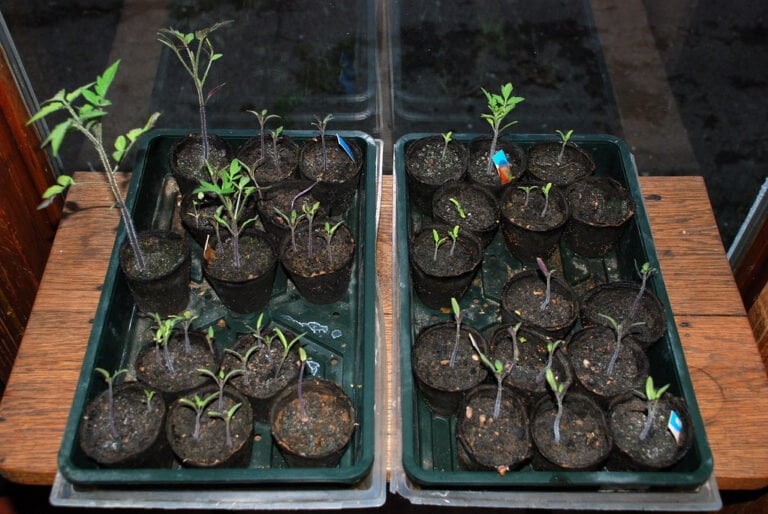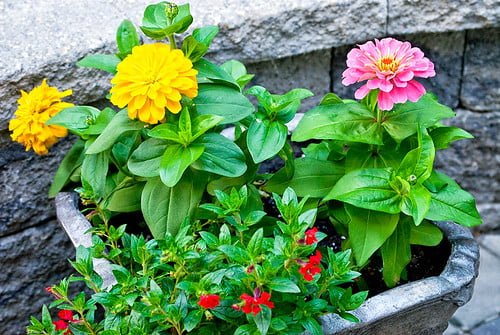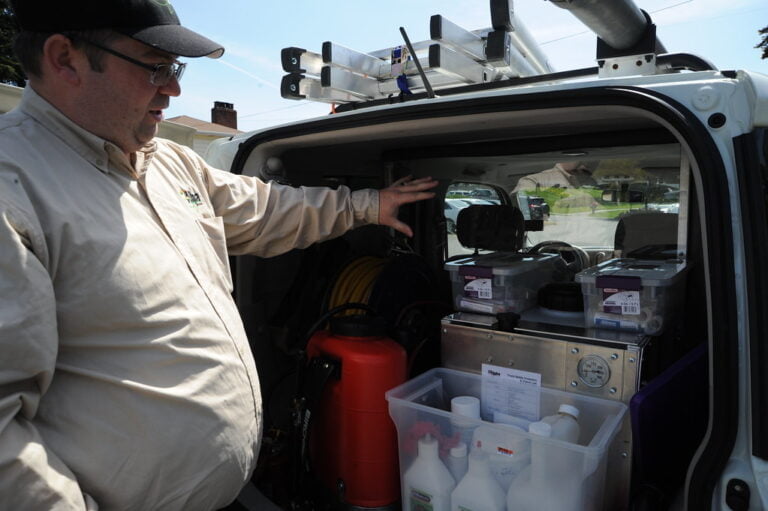Why Are Your Basil Leaves Turning Brown? Causes and Solutions
Are your basil leaves turning brown and you're not sure why? Don't worry, we've got you covered! In this article, we will explore the causes behind this common issue and provide practical solutions to help you revive your beloved basil plant. From overwatering and lack of sunlight to nutrient deficiencies and pests, we'll cover it all. So, if you're ready to bring your basil back to its vibrant green glory, keep reading for some helpful tips and tricks!
Overwatering
If your basil leaves are turning brown, it may be due to overwatering. Overwatering is a common mistake that many gardeners make, thinking that their plants need constant moisture. However, basil plants prefer well-drained soil and do not tolerate soggy conditions. When you overwater, the roots become waterlogged, leading to root rot and nutrient deficiencies. To prevent overwatering, make sure to check the moisture level of the soil before watering. Stick your finger about an inch into the soil – if it feels dry, it's time to water. Additionally, ensure that your pot has proper drainage holes to allow excess water to escape. Remember, it's better to underwater than to overwater your basil plants.
Underwatering
When you underwater your basil plants, the leaves may also turn brown. Basil plants require consistent moisture to thrive, and if they don't receive enough water, they can become stressed and develop brown leaves. Underwatering can occur when you forget to water your basil regularly or if you don't provide enough water during each watering session. To prevent underwatering, make sure to water your basil plants deeply and evenly. Check the soil regularly by sticking your finger about an inch into the soil – if it feels dry, it's time to water. When watering, ensure that the water reaches the roots and doesn't just wet the surface. Consider using a watering can or a drip irrigation system to provide a steady supply of moisture. Remember, maintaining appropriate moisture levels is crucial for healthy basil plants.
Lack of Sunlight
To address the issue of brown basil leaves, one possible cause could be a lack of sunlight. Basil plants require at least six to eight hours of direct sunlight per day to thrive. Insufficient sunlight can lead to the leaves turning brown and eventually dying off. To ensure your basil plant receives an adequate amount of sunlight, place it in a location that receives the most sunlight throughout the day. If you are growing basil indoors, consider placing it near a south-facing window or using artificial grow lights to provide the necessary light. Regularly monitor the position of the plant and adjust it accordingly to maximize sun exposure. By addressing the lack of sunlight issue, you can help your basil plant regain its healthy green foliage.
Nutrient Deficiency
One possible cause for brown basil leaves is a lack of essential nutrients in the soil. Basil plants require certain nutrients, such as nitrogen, phosphorus, and potassium, to grow and thrive. When these nutrients are lacking, the leaves may turn brown and exhibit signs of nutrient deficiency. To address this issue, it is important to ensure that your basil plants are receiving adequate nutrition. You can do this by fertilizing the soil with a balanced fertilizer that contains the necessary nutrients. Additionally, consider adding organic matter, such as compost, to enrich the soil and promote nutrient availability. Regularly monitoring the nutrient levels and adjusting the fertilizer application accordingly can help prevent nutrient deficiencies and keep your basil leaves green and healthy. Remember to follow the instructions on the fertilizer packaging and consult a gardening expert if needed.
Pests and Diseases
If you notice brown basil leaves, it is important to consider the potential presence of pests and diseases. Pests, such as aphids, mites, and whiteflies, can feed on your basil leaves and cause them to turn brown. These pests can be controlled by using insecticidal soaps or oils, or by introducing beneficial insects like ladybugs or lacewings to your garden. Diseases, such as fungal infections or bacterial wilt, can also cause browning of basil leaves. To prevent these diseases, make sure to provide good air circulation around your plants, avoid overwatering, and remove any infected leaves promptly. If the problem persists, consider using a fungicide or contacting a professional for assistance. By addressing pests and diseases promptly, you can help keep your basil plants healthy and thriving.
Heat Stress
If your basil leaves are turning brown, one possible cause could be heat stress. Basil plants are sensitive to high temperatures and can easily become stressed if exposed to extreme heat for prolonged periods. When basil plants are subjected to intense heat, their leaves may turn brown and develop dry, crispy edges. This occurs because the excessive heat causes the plant to lose water faster than it can absorb, leading to dehydration and leaf damage. To prevent heat stress in your basil plants, make sure they are located in a spot that receives partial shade during the hottest parts of the day. Additionally, provide adequate watering to keep the soil consistently moist, but not waterlogged. Mulching around the base of the plants can also help regulate soil temperature and retain moisture. By taking these precautions, you can minimize the risk of heat stress and maintain healthy, green basil leaves.
Cold Stress
When basil plants are exposed to cold temperatures, they can experience cold stress, which can lead to browning of the leaves. Cold stress occurs when the temperature drops below 50°F (10°C), causing damage to the plant's cells and disrupting its normal functioning. The first sign of cold stress is usually brown or black spots on the leaves, which can eventually spread and cause the entire leaf to turn brown. To prevent cold stress, it is important to protect your basil plants from cold temperatures. You can do this by bringing them indoors or covering them with a frost cloth or plastic sheeting. Additionally, avoid overwatering your basil during cold weather, as wet soil can make the plants more susceptible to cold damage. By taking these precautions, you can help your basil plants thrive even in colder temperatures.
Improper Pruning
To avoid brown leaves caused by improper pruning, carefully trim your basil plants using sharp, clean pruning shears. Improper pruning can lead to brown leaves due to the damage caused to the plant. When pruning basil, it is important to use sharp and clean pruning shears to make clean cuts. This helps prevent tearing and damage to the plant, which can result in brown leaves. Start by identifying any dead or damaged leaves or stems and remove them at the base. Next, look for any overcrowded areas and thin them out by removing a few stems. Trim the basil plant back to encourage new growth and maintain its shape. Remember to prune regularly, especially when the basil plant becomes bushy, to prevent brown leaves and promote healthy growth.
Soil Ph Imbalance
To address a soil pH imbalance, you can actively monitor and adjust the acidity levels to prevent brown leaves on your basil plants. Maintaining the right pH level is crucial for optimal plant growth. Basil plants prefer a slightly acidic soil with a pH range of 6.0 to 7.0. If the pH is too high or too low, it can disrupt nutrient uptake and cause browning of the leaves. To determine the soil pH, you can use a pH testing kit available at garden centers. If the pH is too high, you can lower it by adding organic matter like compost or peat moss. On the other hand, if the pH is too low, you can raise it by adding lime or wood ashes. Regularly monitoring and adjusting the soil pH will help ensure healthy and vibrant basil plants.
Transplant Shock
If you experience transplant shock with your basil plants, you may notice a sudden browning of the leaves. Transplant shock occurs when plants are moved from one environment to another, causing stress to their root system. This stress can disrupt the plant's ability to take up water and nutrients, leading to leaf discoloration and wilting. To prevent transplant shock, it is important to handle the plants gently and minimize root disturbance during the transplanting process. Before transplanting, make sure to prepare the new planting site by providing well-draining soil and adequate sunlight. After transplanting, water the plants thoroughly and regularly to help them recover and establish new roots. Additionally, applying a balanced fertilizer can provide the necessary nutrients for healthy growth. By following these steps, you can minimize the risk of transplant shock and keep your basil plants thriving.
Conclusion
In conclusion, there are several causes for basil leaves turning brown, including overwatering, underwatering, lack of sunlight, nutrient deficiencies, pests and diseases, cold stress, improper pruning, soil pH imbalance, and transplant shock. To prevent browning, it is important to ensure proper watering, provide adequate sunlight, maintain nutrient levels, protect against pests and diseases, avoid extreme temperatures, prune correctly, and monitor soil pH. By addressing these factors, you can keep your basil plants healthy and vibrant.






